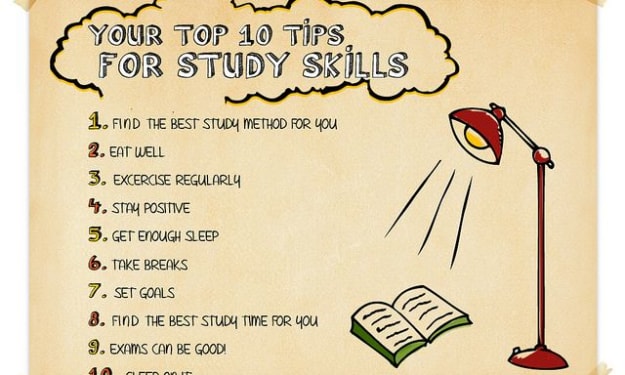
How often have you rushed out the door and into your day without even thinking about how you’d like things to go? Before you know it, something or someone has rubbed you the wrong way, and you’ve reacted automatically with frustration, impatience, or rage—in other words, you’ve found yourself acting in a way you never intended.
You don’t have to be stuck in these patterns. Pausing to practice mindfulness for just a few minutes at different times during the day can help your days be better, more in line with how you’d like them to be.
Explore these five daily practices for bringing more mindfulness into your life:
1) Mindful Wakeup: Start with a Purpose
Intention refers to the underlying motivation for everything we think, say, or do. From the brain’s perspective, when we act in unintended ways, there’s a disconnect between the faster, unconscious impulses of the lower brain centers and the slower, conscious, wiser abilities of the higher centers like the pre-frontal cortex.
Given that the unconscious brain is in charge of most of our decision-making and behaviors, this practice can help you align your conscious thinking with a primal emotional drive that the lower centers care about. Beyond safety, these include motivations like reward, connection, purpose, self-identity and core values.
Setting an intention—keeping those primal motivations in mind—helps strengthen this connection between the lower and higher centers. Doing so can change your day, making it more likely that your words, actions and responses— especially during moments of difficulty—will be more mindful and compassionate.
This practice is best done first thing in the morning, before checking phones or email.
1. On waking, sit in your bed or a chair in a relaxed posture. Close your eyes and connect with the sensations of your seated body. Make sure your spine is straight, but not rigid.
2. Take three long, deep, nourishing breaths—breathing in through your nose and out through your mouth. Then let your breath settle into its own rhythm, as you simply follow it in and out, noticing the rise and fall of your chest and belly as you breathe.
3. Ask yourself: “What is my intention for today?” Use these prompts to help answer that question, as you think about the people and activities you will face. Ask yourself:
How might I show up today to have the best impact?
What quality of mind do I want to strengthen and develop?
What do I need to take better care of myself?
During difficult moments, how might I be more compassionate to others and myself?
How might I feel more connected and fulfilled?
4. Set your intention for the day. For example, “Today, I will be kind to myself; be patient with others; give generously; stay grounded; persevere; have fun; eat well,” or anything else you feel is important.
5. Throughout the day, check in with yourself. Pause, take a breath, and revisit your intention. Notice, as you become more and more conscious of your intentions for each day, how the quality of your communications, relationships, and mood shifts.
6. Breathe before eating. We often move from one task right to the other without pausing or taking a breath. By pausing, we slow down and allow for a more calm transition to our meals. Bring your attention inward by closing your eyes, and begin to breathe slowly in and out of your belly for eight to 10 deep breaths before you start your meal.
7. Listen to your body. After breathing, bring your awareness to the physical sensations in your belly. On a scale of 1 to 10, 1 being that you don’t feel any physical sensation of hunger and 10 being that you feel very hungry, ask yourself “How hungry am I?” What physical sensations tell you that you are hungry or not hungry (emptiness in stomach, shakiness, no desire to eat, stomach growling, etc.)? Try not to think about when you last ate or what time it is, and really listen to your body, not your thoughts.
8. Eat according to your hunger. Now that you are more in touch with how hungry you are, you can more mindfully choose what to eat, when to eat, and how much to eat. This simple practice can help you tune in to your real needs.
9. Practice peaceful eating. At your next meal, slow down and continue to breathe deeply as you eat. It’s not easy to digest or savor your food if you aren’t relaxed.
10. If you don’t love it, don’t eat it. Take your first three bites mindfully, experience the taste, flavors, textures, and how much enjoyment you are receiving from a certain food. Make a mindful choice about what to eat based on what you really enjoy






Comments
There are no comments for this story
Be the first to respond and start the conversation.